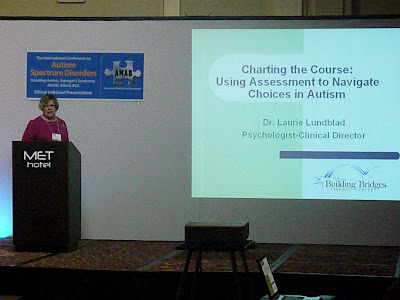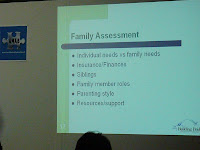 Homeschooler: "Mom, can will you take me to buy a new video game?"
Homeschooler: "Mom, can will you take me to buy a new video game?"ME: "No, darlin'. You don't have enough money to buy a new video game."
Homeschooler: "Then just go to the bank and get some money, Mom!"
We have this conversation pretty often at my house. The children (my homeschooler, in particular, who is younger, developmentally, than her age) think that the bank is an endless source of cash and they have no clue that we have to work to earn money that goes into the bank, and that we can't withdraw or spend more money than we deposited. They tend to blow birthday and holiday money right away, although lately, have been able to save some in order to apply it toward a bigger purchase.
I was given access to Family Mint as part of The Old Schoolhouse Homeschool Crew of reviewers. I am not obligated to produce a positive review. This particular product is free, not only to me, but to anyone who chooses to use it. (A "Pro" version will be available for purchase at a later date.)
Family Mint is a FREE online location for families to manage money and savings. Family Mint is created by parents like me (except they have the financial expertise and programming experience that I do not), who have children like mine, who were looking for a way to help their children understand money, spending, borrowing, saving, interest.
The whole thing is pretty straightforward and simple. Parents establish a family account, with a name for your financial institution (I love that!) and an account for each child, where deposits, withdrawals and interest can be entered, monitored, tracked. The deposits, loans, withdrawals, etc, are real to the family, and yet, virtual, because they can't be taken or abused by an outsider or hacker. My husband and I become the family bank, using Family Mint as our visual system that allows the children to see how money and spending and saving work. They'll begin to see and understand why we tell them we can't simply go to the bank and get some cash for every whim, wish and desire.
I can tell you that Family Mint is easy to use. I set up our family account in just a few minutes, and the most challenging part of that set-up was choosing the name of our family institution.
Each child gets a user name and password to his or her account.
Data entry is simple. So is password recovery/change, if you should need to do that (don't ask me how I know that). I get to approve or deny transactions, and I can automate allowance payments. I can lock accounts, too, to keep a child from transferring money from savings into a spending category.
Fitting Family Mint into our home...
The unpredictibility and challenges that come with a child with autism continue to have me realizing how much "normalizing" that we have to do, still. My children don't have chores. For so long, chores (independent chores) seemed unfair to ask of the sibs when the child with autism could not participate without a lot of help, and I buckled to that pressure. I recognize a lot of learned helplessness, and I'm trying to repair a lot of that.
Family Mint arrived at a good time for us, developmentally speaking. The children are ready for some responsibilities, and a weekly allowance, with ways to earn extra spending money. Family Mint did not arrive at a good time for us when I think about how sick we've been the past few months, the last eight weeks in particular, with me down for over a week with an energy-sucking upper respiratory virus that had me aching, coughing, and gave me a sore throat, two kids upchucking in different weeks and another fighting that sore-throat-thing-that's-not-strep-throat-but-throws-us-into-dysregulation-for-days-and-weeks-at-a-time.
We lost quite a few weeks of time to set up chores and pay the kids during this review period - Mom was either sick and trying to maintain the bare minimum, or she was taking care of sick children.
As we begin to implement chores (really late, I think, for this family!, but you know what they say, "better late than never") and use Family Mint regularly, I'll blog about the discoveries we make. I may purchase the Pro version when it comes out. I'm looking forward to seeing it.
Family Mint offers a blog that is listed in the blogs I follow over in the right-hand side bar of this blog.
Family Mint updates members via occasional e-mail newsletters. My inbox was not overwhelmed with messages from them. (I like that.) One recent (March 8th, 2010) e-mail introduced the new Savings Plan Enhancement. Click here for details.
To read the Family Mint reviews of my Crewmates, go here.
Add this to the list of products we didn't know we needed, and were pleased to learn about it and use it when it arrived. Try it - it's free - and I have an idea that you'll like it, too.



 I was incorrect. The recipes do not begin until Chapter 4, on page 94 of a 272 page book.
I was incorrect. The recipes do not begin until Chapter 4, on page 94 of a 272 page book.



 Dr. Neubrander
Dr. Neubrander



















